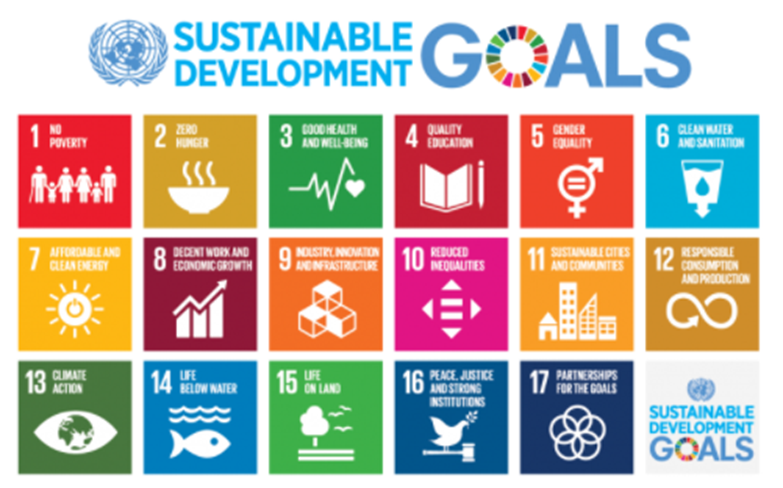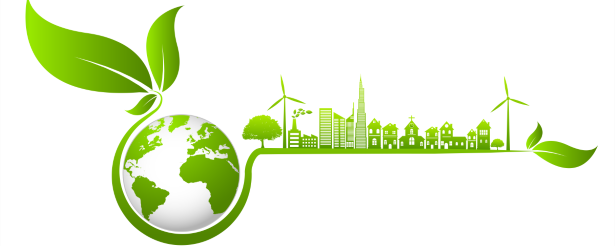It's not easy being green
Lots of funds claim to be sustainable or responsible, but their commitment to these ideals vary. With a plethora of green funds with a sustainable investing theme available in the market, here are a few ways to assess whether your fund is true-to-label.
ESG, or Environment, Social and Governance, has been a buzz word in the global investment community for a while now. According to Global Sustainable Investment Alliance (GSIA), sustainable investing assets across various regions have continued to grow since 2014.
|
2014 |
2016 |
2018 |
2020 |
Growth |
Growth |
Growth |
CAGR |
|
|
Europe* |
9,885 |
11,045 |
12,306 |
10,730 |
12% |
11% |
-13% |
1% |
|
US |
6,572 |
8,723 |
11,995 |
17,081 |
33% |
38% |
42% |
17% |
|
Canada |
1,011 |
1,505 |
2,132 |
3,166 |
49% |
42% |
48% |
21% |
|
Australasia* |
203 |
707 |
1,033 |
1,295 |
248% |
46% |
25% |
36% |
|
Japan |
840 |
57,056 |
231,952 |
310,039 |
6,692% |
307% |
34% |
168% |
With a plethora of green funds with a sustainable investing theme available in the market, here are a few ways to assess whether your fund is true-to-label.
Positive or negative screening?
To select companies that have the best ESG practices, exclusionary or negative screening has been the long-standing approach which excludes companies that have material involvement in fossil fuels, alcohol, tobacco and gambling for example. However positive screening or best-in-class approach is gaining momentum in recent years. This process involves selecting only companies that overcome a defined ranking hurdle, established using ESG criteria within each sector or industry. Generally companies are scored on a variety of factors that are weighted according to the sector, and then the portfolio is assembled from the list of qualified companies. By combining both approaches, holdings in a portfolio would be deemed as ESG leaders in each sector, and it aims to maintain financial returns using a responsible investing strategy.
Carbon emission
CO2 emission is an important metric for investors who are environmentally aware. Climate action is listed as one of the UN sustainable development goals, and actions are urgently required for all countries. To put this into context, the UN’s Emissions Gap Report 2020 states that COVID-19 led to the largest recorded drop in yearly CO2 emissions of around 7%; similar reductions would be needed each year to 2030 to meet the 1.5°C (2.7°F) goal in Paris Agreement.

Source: UN
There are a few metrics that can assist investors to evaluate the carbon footprint of companies:
|
Metric |
Normalised carbon emission |
Carbon intensity |
Weighted average carbon intensity |
|
Measure |
Tons CO2 emission/$M invested |
Tons CO2 emission/$M sales |
Tons CO2 emission/$M sales |
|
Characteristics |
Comparable with a benchmark, multiple portfolios and over time |
An indicator of carbon efficiency adjusted for company sales |
An indicator of a portfolio’s exposure to potential climate change-related risks by portfolio weight |
ESG analytics
There are a range of ESG rating providers in the market as ESG investing gains traction over the years, and most of them use their own proprietary methodologies and metrics. The major players are MSCI and Morningstar due to their wide company coverage. For instance, MSCI ESG team consists of over 200 analysts who provides comprehensive ESG ratings for over 8,500 companies and more than 680,000 equity and fixed income securities globally. Companies are rated from AAA to CCC based on 35 categories in the environment, social and governance pillars.

Source: MSCI
MSCI also provides the ESG Fund Ratings tool, a free resource that investors can utilise to better understand and measure the ESG characteristics of your multi-asset class mutual Funds and ETFs, and rank or screen funds based on a diverse set of ESG exposure categories, such as weighted average carbon intensity, green vs. fossil fuel-based revenue and corporate governance.
VanEck offers MSCI International Sustainable Equity ETF (ASX ticker: ESGI) aims to track the MSCI World ex Australia ex Fossil Fuel Select SRI and Low Carbon Capped Index and VanEck MSCI Australian Sustainable Equity ETF (ASX ticker: GRNV) aims to track the MSCI Australia IMI Select SRI Screened Index.
Reference:
[1] Global Sustainable Investment Alliance. http://www.gsi-alliance.org/wp-content/uploads/2021/08/GSIR-20201.pdf
Any views expressed are opinions of the author at the time of writing and is not a recommendation to act.
Related Insights
Published: 24 February 2022
ESG (Environmental, Social, and Governance) investing is receiving an increasing amount of attention from investors. The problem for ASX investors is that it is difficult to know how ‘green’ their investment is. You may have heard the term “greenwashing”, which was coined in the 1980s to describe outrageous corporate claims. Four decades later the phrase is having a renaissance, now used to describe mislabelled managed funds. Here we provide some insightful analysis of our popular of VanEck MSCI International Sustainable Equity ETF (ESGI) which tracks an innovative index that, in addition to screening out companies, also targets the leading ESG performers in each sector.

